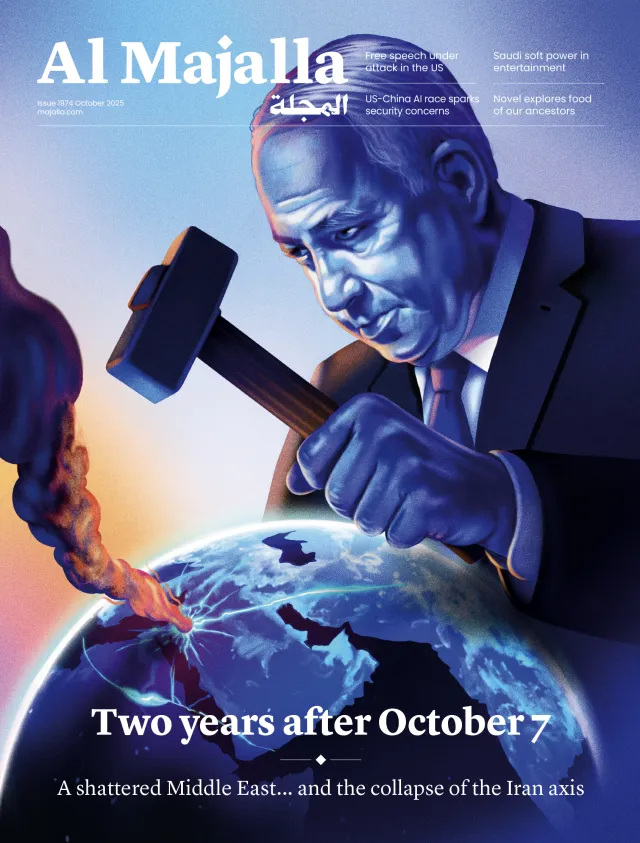 Riad Kahwajie [/caption]
Riad Kahwajie [/caption]
Following Iran’s downing of a US spy drone in December 2011, the danger of a ‘drone war’ between Iran and the US has heightened, especially since Iran has increased its own fleet of unmanned aircraft while threatening to close the Strait of Hormuz. In recent months, claims have surfaced that Iran has provided Syria with drones, while the US have begun deploying a new, underwater drone in the Gulf, which seeks out and de-stroys submersible mines. To get to the bottom of this, The Majalla spoke to Riad Kahwaji, the founder and CEO of the Institute for Near East and Gulf Military Analysis (INEGMA), which provides consultation and research services in the fields of geo-political security and defense in the Middle East, about this pressing issue.
Majalla: Are the Iranians flying drones over Syria?
RK: Intelligence reports indicate that the drones are being operated by Syrian units, and are believed to be the Iranian Ababil type—similar to the type operated by Hizbul-lah.
Is there, or was there a scenario for the use of drones in intelligence operations like the Damascus explosion of July 18th, which targeted Syrian security’s ‘top brass’?
RK: In the Damascus operation, images released of the explosion were from fixed cameras, which suggests that no drones were used in the attack.
What is the significance of the miniature underwater drones in the Gulf which were mentioned by The Daily Telegraph?
RK: Those miniature underwater drones entered field service for the first time recently, and if there is any war it would be the first time [they were] ever to be put into action. These drones are specifically made to locate, attack and destroy the mines that are triggered by sensors (smart sea mines). Conventional mines are triggered by touch (when the ship hits them directly) or are pulled to the ship through magnet.
These conventional mines could either be floating or pulled underwater by weights tied to them. The mines are usually tied up to each other in a web so that when one mine is pulled by one ship other would also be dragged minimizing the chance of the ship escaping. Iran is believed to possess a good arsenal of conventional and smart sea mines. The US underwater drones plus minesweepers can easily and quickly clean the Hormuz Strait because it is a narrow strip.
The big challenge will be if these mines were dropped in the Sea of Oman (Indian Ocean side) or inside Arabian Gulf waters. Iran will likely use its anti-ship cruise missiles more effectively in any move to close the Strait. The US and its allies will have to launch a combination of air attacks and assaults by commandos to knock out Iranian land-based anti-ship cruise missiles, and more likely the occupation of all Iranian islands near the Strait.









